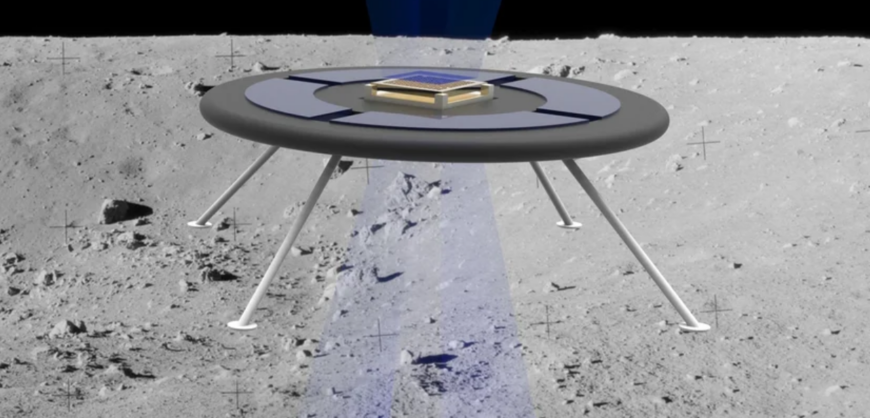Could the next generation of lunar rovers resemble UFOs? To some, the idea isn’t as far-fetched as it sounds.
Researchers at MIT have recently tested a new concept for a ‘hovering rover,’ a spacecraft that instead of relying on a traditional wheels-on-the-ground approach, will use the moon’s natural electric field to levitate over its surface.
Because celestial bodies like the moon and other asteroids lack atmospheres, they’re unable to deflect solar wind, and thus are able to build up electric fields through direct exposure to the sun and surrounding plasma. The resulting charge is strong enough to lift dust particles in the air, a phenomenon that most closely resembles the way static electricity might make someone’s hair stand on end.
The hovering rover works by utilizing a cheap, yet effective power source: miniature ion thrusters. Typically used to propel spacecraft through space, in this case, small ion beams are used to charge the vehicle and boost the surface’s natural charge, which creates a powerful force that repels the vehicle from the ground.
Frozen ship delivers ice-covered cars to Russia port in frigid cold (photos)
Oliver Jia-Richards, a graduate student at MIT and lead author of the paper, says that the team’s idea for the project originally stemmed from NASA’s research into dust levitation, which is the study of how static electricity and dust behave in an airless environment like the moon, and how the combination might affect mechanical and electrical systems—those that allow rovers to function. That led him to wonder if it was possible to apply the concept to space exploration and engineering.
Read more: Popsci



































